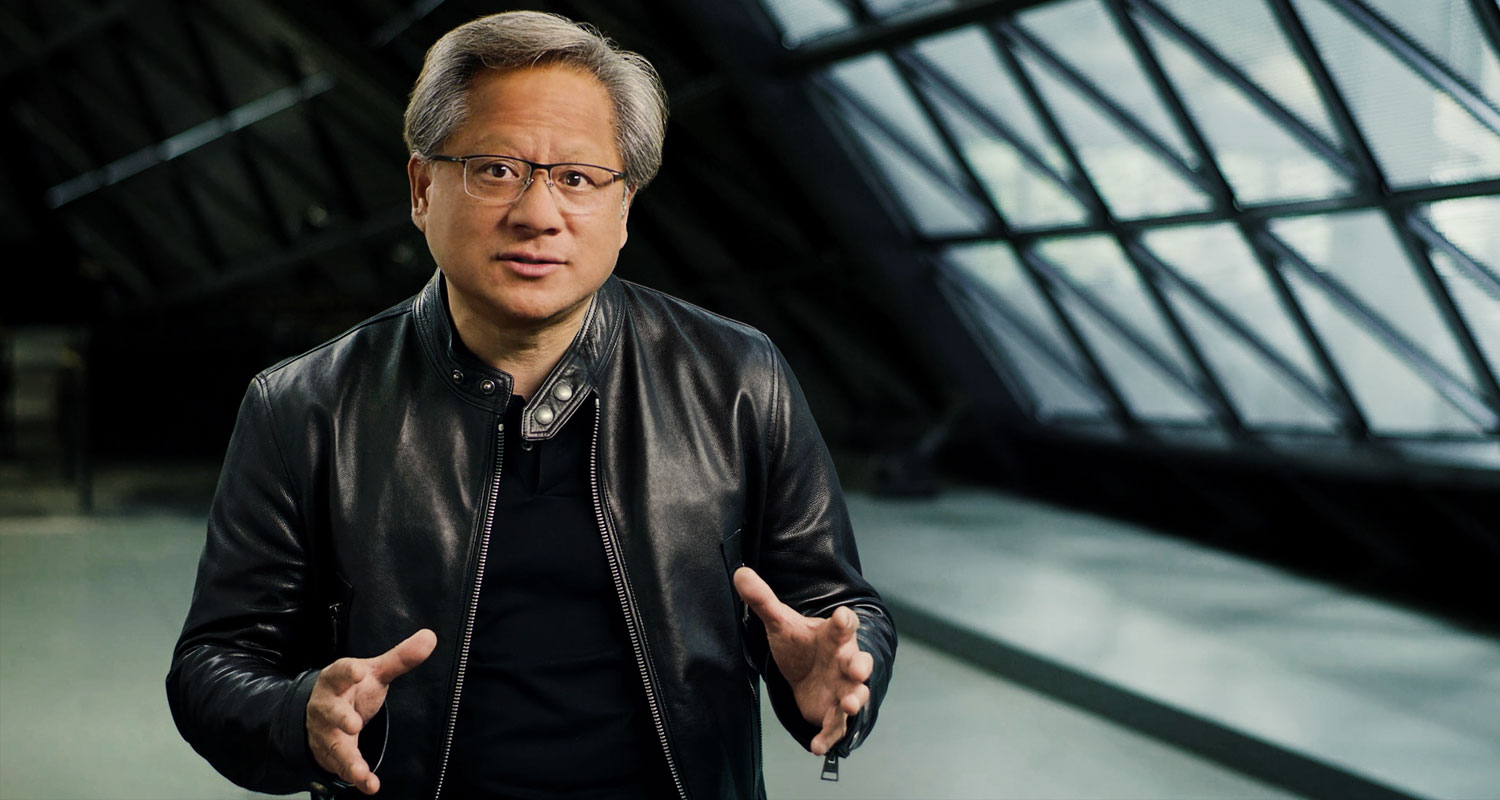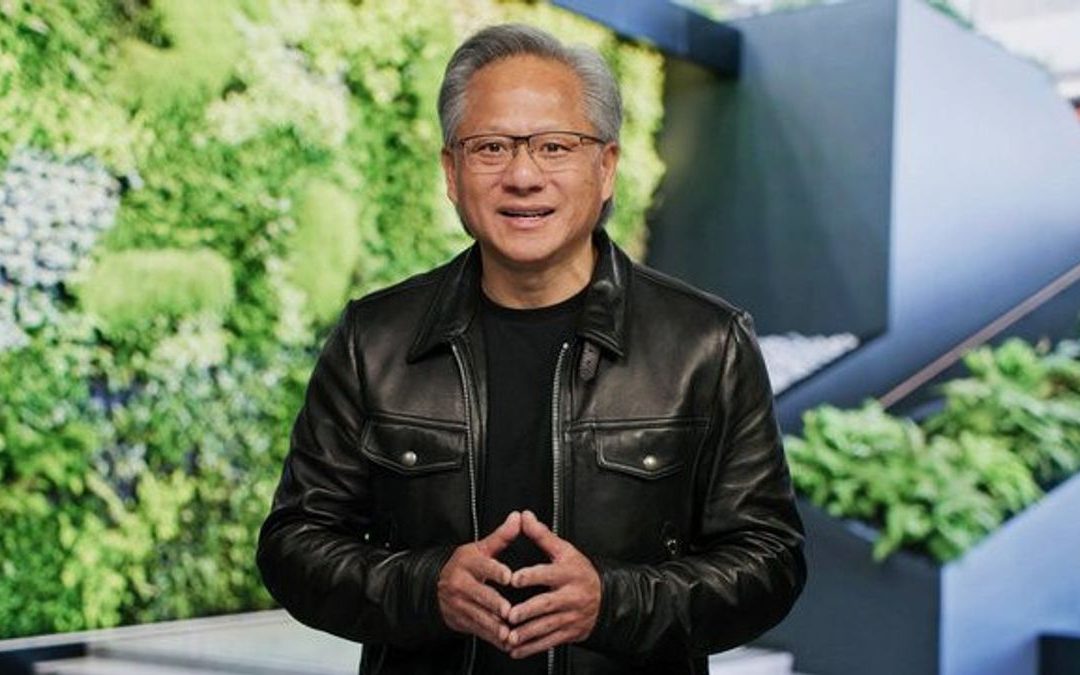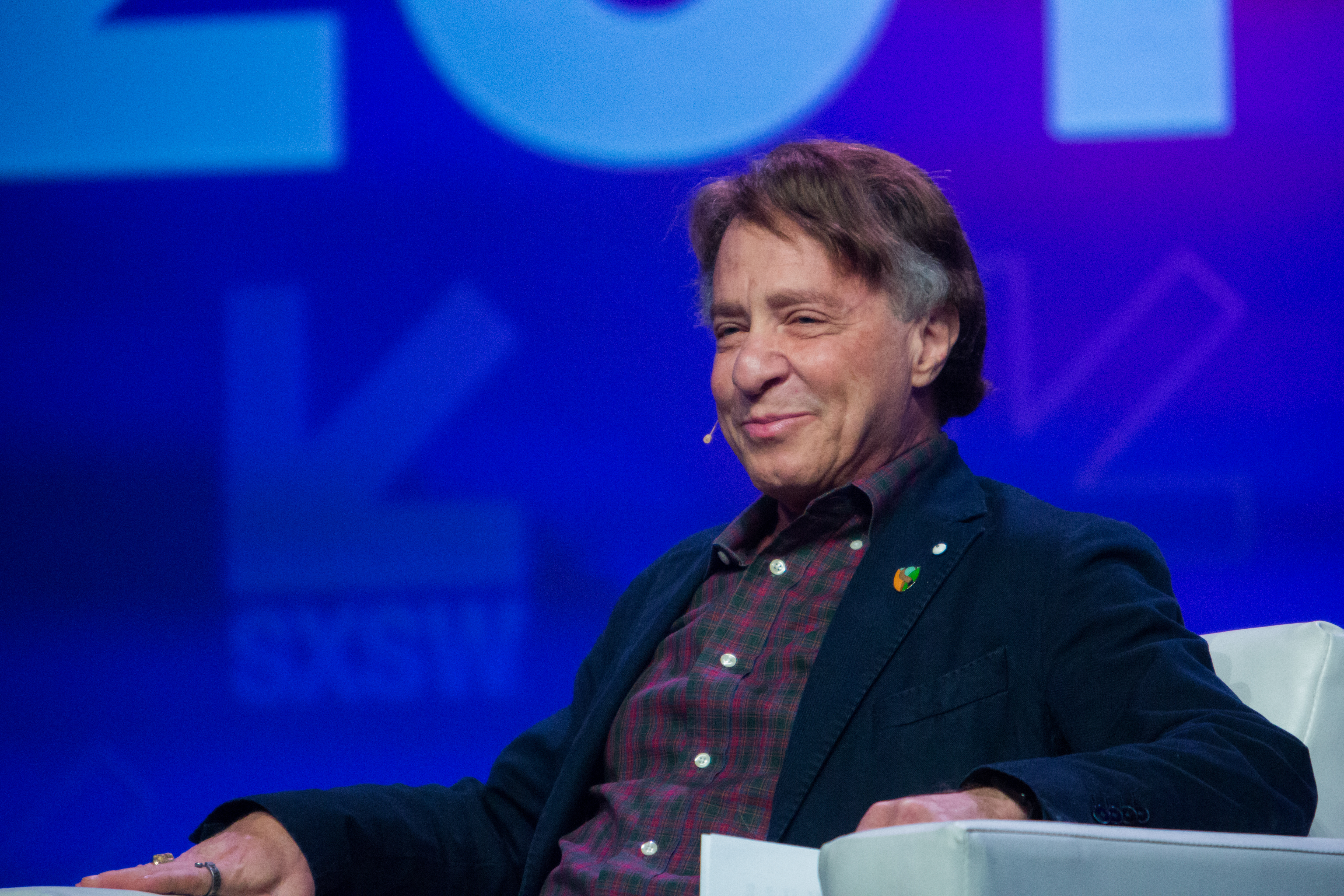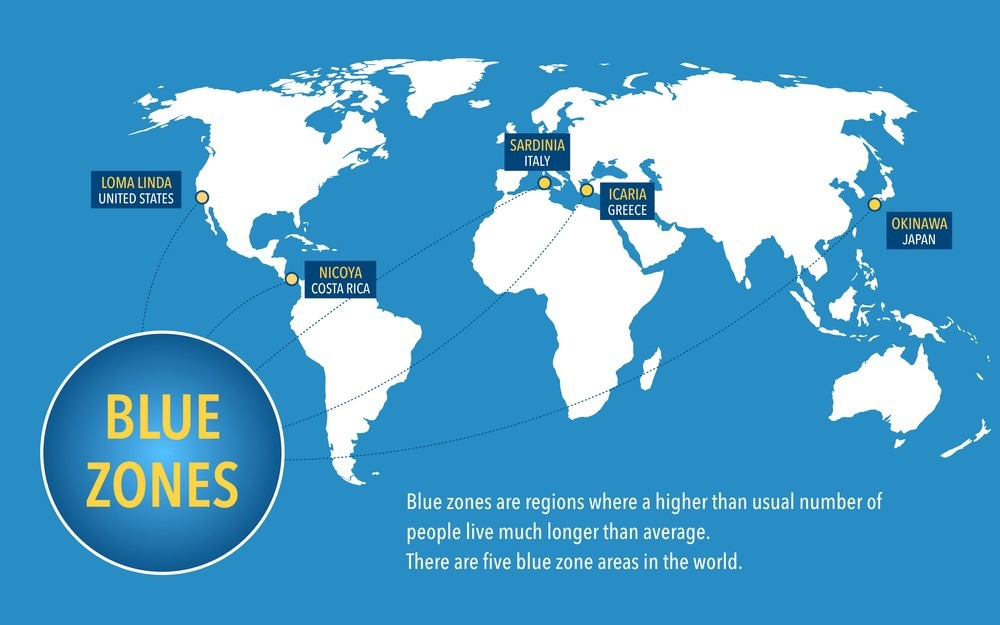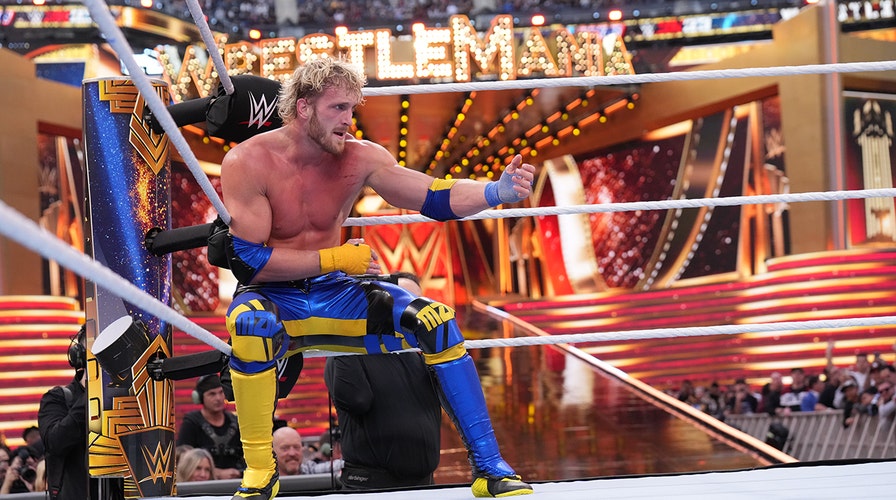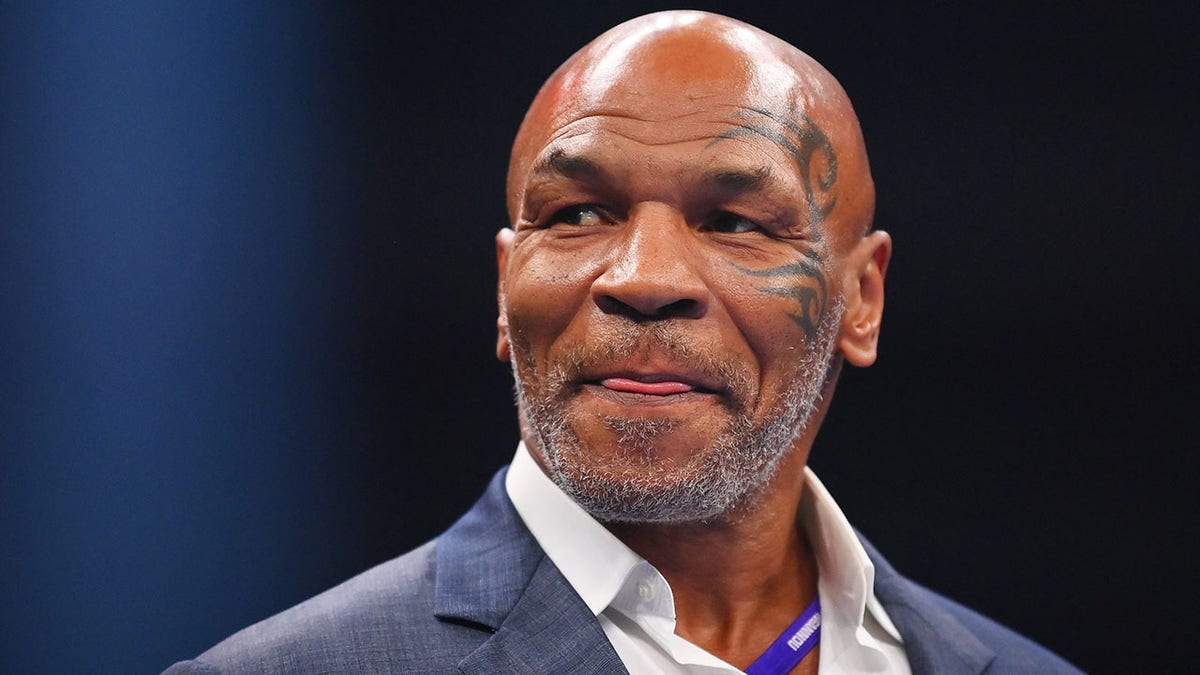The future of cardiovascular health in the United States looks bleak.
According to recent research from the American Heart Association (AHA), over 60% of US adults are expected to have some form of cardiovascular disease (CVD) by 2050.
This alarming trend is driven by increases in high blood pressure, diabetes, and obesity, and will have significant economic implications.
Let’s look into the detailed projections and the major drivers behind this public health crisis.
The Grim Forecast for 2050
Alarming Statistics

The American Heart Association’s latest research predicts that by 2050, 61% of US adults will suffer from some form of cardiovascular disease.
This staggering figure includes a wide range of conditions such as heart attacks, heart failure, arrhythmias, and strokes.
Specifically, the number of people with cardiovascular conditions, excluding high blood pressure, is expected to rise from 28 million in 2020 to 45 million.
One of the most significant increases will be in the number of stroke victims, with prevalence nearly doubling from 3.9% to 6.4%.
This translates to an increase from 10 million to 20 million adults suffering from strokes.
As the population ages and more people develop risk factors like high blood pressure, these numbers are expected to climb steadily.
Dr. Karen E. Joynt Maddox, volunteer chair of the advisories’ writing groups, underscores the gravity of these projections: “We set out to learn just what we may expect over the next 30 years, and to identify specific issues that need to be addressed to ensure that we continue our forward progress.”
Economic Impact

The financial implications of this health crisis are equally concerning.
The AHA predicts that total costs related to cardiovascular disease will triple, reaching $1.8 trillion by 2050.
These costs encompass both direct healthcare expenses and indirect costs such as lost economic productivity due to premature death and disability.
Direct healthcare costs alone are expected to skyrocket from $393 billion in 2020 to $1.4 trillion by 2050.
This increase is primarily driven by the rising costs of managing chronic conditions and providing long-term care for an aging population.
The indirect costs, including lost productivity, will also see a significant rise, further burdening the economy.
Dr. Dhruv S. Kazi, vice-chair of the advisory writing groups, explains, “This is a near tripling of the total direct and indirect costs of cardiovascular disease over the coming three decades, and almost doubles the economic impact of CVD as a proportion of the U.S. gross domestic product.”
Major Drivers of Cardiovascular Disease
High Blood Pressure
High blood pressure, often termed the “silent killer,” is a primary driver of cardiovascular disease.
Its prevalence is projected to increase from 51.2% in 2020 to 61% by 2050.
High blood pressure contributes to nearly all types of heart disease and stroke, making it a critical factor in the rising CVD rates.
As the population ages, more individuals are expected to develop high blood pressure.
This condition significantly increases the risk of heart attacks, strokes, and other cardiovascular events.
Effective management of high blood pressure is crucial in reducing the overall burden of cardiovascular disease.
Despite being a preventable and manageable condition, high blood pressure remains a significant health challenge.
Addressing this issue through better public health strategies and individual lifestyle changes could have a substantial impact on future CVD rates.
Obesity and Diabetes

Obesity and diabetes are two other major contributors to the rising prevalence of cardiovascular disease.
The number of people with obesity is projected to increase from 43.1% to 60.6% by 2050, affecting more than 180 million individuals.
Similarly, the prevalence of diabetes is expected to rise from 16.3% to 26.8%, impacting over 80 million people.
These conditions are closely linked to poor diet and sedentary lifestyles, both of which are becoming increasingly common.
Obesity and diabetes significantly increase the risk of developing cardiovascular disease, including heart attacks, strokes, and heart failure.
Dr. Nancy Brown, CEO of the American Heart Association, emphasizes the urgency of addressing these issues: “We must better support our children and their families to recognize the impact that health choices made today will influence our health for years to come.”
| Risk Factor | 2020 Prevalence | 2050 Projected Prevalence |
|---|---|---|
| High Blood Pressure | 51.2% | 61% |
| Obesity | 43.1% | 60.6% |
| Diabetes | 16.3% | 26.8% |
Aging Population

The aging population is another critical factor driving the increase in cardiovascular disease.
By 2050, 22% of the US population will be over the age of 65, compared to just 13% in 2010.
This demographic shift is expected to result in a higher prevalence of CVD, as the risk of heart disease increases with age.
The median age in the US is projected to rise from 37 in 2010 to 41 in 2050.
As people live longer, the likelihood of developing chronic conditions, including cardiovascular disease, grows.
This trend underscores the need for enhanced healthcare infrastructure and long-term care facilities to support an aging population.
Dr. Dhruv S. Kazi notes, “The last of the Baby Boomers will hit 65 in 2030, so about 1 in 5 people in the U.S. will be over 65, outnumbering children for the first time in U.S. history.”
Demographic Shifts and Health Disparities
Increasing Diversity
The US population is becoming more diverse, with significant increases expected in Hispanic, Black, and Asian populations.
By 2050, people who identify as Hispanic will make up about a quarter of the population, up from 20% today.
Similarly, the Black population will rise from 13.6% to 14.4%, and the Asian population will increase from 6.2% to 8.6%.
This demographic shift has important implications for cardiovascular health, as communities of color often face higher rates of heart disease and related risk factors.
The AHA predicts that Hispanic individuals will experience the greatest growth in CVD prevalence, reflecting broader population trends.
“We found larger increases in the prevalence of CVD and risk factors, and in the number of people with these conditions, among people from racially and ethnically diverse backgrounds,” says Dr. Karen E. Joynt Maddox.
Disproportionate Impact on Communities of Color
Black adults currently have the highest number of heart disease risk factors, including high blood pressure, diabetes, and obesity.
They also face greater challenges with poor diet and inadequate sleep, which contribute to cardiovascular problems.
The AHA’s research highlights the need for targeted interventions to address these disparities.
The report projects that the number of Hispanic adults with CVD will rise significantly, with higher numbers also seen among Asian populations.
Addressing these disparities is crucial for reducing the overall burden of cardiovascular disease in the US.
Socioeconomic factors and systemic racism play a significant role in these health disparities, affecting access to healthcare and health outcomes.
Effective policy interventions are needed to ensure equitable healthcare access and improve heart health among communities of color.
Socioeconomic and Access to Care Factors
Socioeconomic factors, including income, education, and access to healthcare, significantly impact cardiovascular health.
Communities of color often face greater barriers to accessing quality healthcare, which contributes to higher rates of heart disease and related conditions.
The AHA’s research emphasizes the importance of addressing these systemic issues to reduce health disparities.
Ensuring that all individuals have access to affordable, high-quality healthcare is crucial for improving cardiovascular health outcomes.
“Broader public policy and systems changes are needed to address the root causes of these persistent inequities,” says Nancy Brown.
Comprehensive policy interventions and community-level initiatives are essential for reversing the trend of rising cardiovascular disease rates.
Risk Factors and Lifestyle Behaviors
Poor Diet
Poor diet is a significant risk factor for cardiovascular disease, and it is projected to affect nearly 70 million young adults by 2050.
Unhealthy eating habits, including high consumption of processed foods and low intake of fruits and vegetables, contribute to the development of obesity, diabetes, and heart disease.
Efforts to improve diet quality through public health initiatives and individual lifestyle changes are critical for reducing the prevalence of cardiovascular disease.
Encouraging healthy eating habits from a young age can have a lasting impact on heart health.
Despite some positive trends, such as a slight improvement in diet quality among adults, poor diet remains a major challenge.
Addressing this issue requires a multifaceted approach, including education, policy changes, and community support.
Inadequate Physical Activity
Physical inactivity is another major risk factor for cardiovascular disease.
The AHA’s research projects that rates of inadequate physical activity will improve from 33.5% to 24.2% by 2050.
This positive trend reflects increasing awareness of the importance of regular exercise for heart health.
However, significant challenges remain.
Many individuals still do not engage in sufficient physical activity to maintain optimal cardiovascular health.
Addressing barriers to physical activity, such as lack of access to safe exercise spaces and time constraints, is essential for further improving physical activity rates.
Encouraging regular exercise through public health campaigns, community programs, and individual interventions can help reduce the prevalence of cardiovascular disease and improve overall health outcomes.
Smoking
Smoking rates are expected to drop significantly, from 15.8% to 8.4%, by 2050.
This decline is a positive trend, as smoking is a major risk factor for cardiovascular disease.
Public health initiatives aimed at reducing tobacco use have been successful, but continued efforts are needed to further decrease smoking rates.
Inadequate Sleep
Inadequate sleep is another important risk factor for heart disease.
The AHA’s research indicates that Black adults, in particular, have high rates of inadequate sleep, which contributes to their higher prevalence of cardiovascular disease.
Improving sleep hygiene and addressing sleep disorders are crucial for enhancing heart health.
Comprehensive strategies that address multiple lifestyle factors, including diet, physical activity, smoking, and sleep, are essential for reducing the overall burden of cardiovascular disease.
Heart Health of Children
Rising Obesity Rates
Children are not immune to the trends affecting cardiovascular health.
The number of children with obesity is projected to rise from 20.6% in 2020 to 33% in 2050.
This increase means that 26 million children will be living with obesity by mid-century, driven largely by poor diet and lack of exercise.
Obesity in childhood is a significant risk factor for developing cardiovascular disease later in life.
Addressing this issue through early interventions, including promoting healthy eating habits and regular physical activity, is critical for preventing future heart health problems.
The AHA’s research highlights the need for targeted efforts to combat childhood obesity and improve overall health outcomes for the younger generation.
Ensuring that children have access to nutritious food and opportunities for physical activity is essential for their long-term health.
Other Risk Factors
In addition to obesity, other risk factors for cardiovascular disease are prevalent among children.
Poor diet and inadequate physical activity are projected to remain high, affecting nearly 60% of children by 2050.
These behaviors contribute to the development of obesity and other health issues.
Addressing these risk factors requires a comprehensive approach, including education, community programs, and policy changes.
Encouraging healthy lifestyle choices from a young age can help prevent the onset of cardiovascular disease and improve overall health outcomes.
The AHA’s research emphasizes the importance of early intervention and prevention efforts to combat the rising trends of cardiovascular risk factors among children.
By promoting healthy habits and addressing the root causes of these behaviors, we can improve the health of future generations.
Positive Trends and Innovations
Decline in High Cholesterol
Amidst the concerning projections, there are some positive trends.
The number of people with high cholesterol is expected to decline, thanks in part to the increased use of statins.
These medications can reduce the amount of cholesterol produced in the liver, helping to lower overall cholesterol levels.
From 2008 to 2019, the use of statins increased by 197%, with more than 92 million US adults taking these drugs by 2018-19.
This trend is expected to continue, contributing to the overall decline in high cholesterol levels and improving cardiovascular health outcomes.
Despite the positive impact of statins, continued efforts are needed to promote healthy lifestyle choices that can further reduce cholesterol levels and improve heart health.
Combining medication with diet and exercise can lead to even better outcomes.
Medical Innovations
New medical innovations, such as GLP-1 drugs like Ozempic and Wegovy, offer hope for better management of diabetes and obesity.
These medications have shown promise in helping individuals lose weight and control blood sugar levels, potentially reducing the risk of cardiovascular disease.
Dr. Joseph C. Wu, president of the American Heart Association, notes the potential impact of these drugs: “The recent approval of glucagon-like peptide 1 agonists and related drugs to treat diabetes and obesity may lead to a sea change in our medical approach to these conditions.”
While these innovations are promising, ensuring widespread access to these treatments is crucial.
Continued investment in research and development is essential for discovering new therapies that can improve cardiovascular health and save lives.
Public Health Interventions and Policy Recommendations
Need for Targeted Interventions
To effectively manage and reverse the adverse trends in cardiovascular disease, targeted interventions are necessary.
The AHA’s research calls for clinical and policy interventions specifically designed to help people of color, who are disproportionately affected by heart problems.
These interventions should focus on improving access to quality healthcare, promoting healthy lifestyle choices, and addressing systemic issues that contribute to health disparities.
By targeting the populations most at risk, we can make significant strides in reducing the prevalence of cardiovascular disease.
Dr. Dhruv S. Kazi emphasizes the importance of strategic investments in cardiovascular prevention and treatment: “We can bend the cost curve on cardiovascular disease, but this will require strategic investments in cardiovascular prevention and treatment.”
Prevention Efforts
Prevention efforts play a crucial role in improving population health and reducing the economic burden of cardiovascular disease.
The AHA suggests that reducing the prevalence of high blood pressure, high cholesterol, diabetes, and obesity by about 10%, and improving control of these conditions by about 20%, could lead to a 17% to 23% reduction in heart disease and stroke cases.
This scenario could result in 1.2 million fewer CVD and stroke events and 240,000 fewer deaths annually by 2050.
These interventions would also have significant economic benefits, reducing healthcare costs and improving productivity.
A more ambitious scenario, involving a 50% reduction in obesity and doubling the control of risk factors, could achieve even greater reductions in event and death rates.
These efforts would require comprehensive public health strategies and significant investment but could save millions of lives and billions of dollars.
Role of Public Policy
Public policy plays a vital role in addressing the root causes of cardiovascular disease and health disparities.
The AHA advocates for broader public policy and systems changes to ensure that all individuals have access to the resources they need to live healthy lives.
This includes policies that promote healthy eating, physical activity, smoking cessation, and access to quality healthcare.
Ensuring that these resources are available to all, regardless of socioeconomic status or background, is essential for improving cardiovascular health outcomes.
“If poverty, structural racism or negative social factors keep even one person from living their healthiest life, we haven’t fulfilled our mission,” says Nancy Brown.
By addressing these systemic issues, we can create a healthier future for everyone.
Conclusion
The projections for cardiovascular disease prevalence and costs in the US by 2050 are alarming.
However, with targeted interventions, strategic investments, and comprehensive public policy changes, we can turn the tide on this dire forecast.
The American Heart Association’s research provides a roadmap for addressing the root causes of cardiovascular disease and improving heart health outcomes for all.
As we look to the future, it is crucial to continue investing in research, promoting healthy lifestyle choices, and ensuring equitable access to quality healthcare.
By working together, we can create a healthier future and reduce the burden of cardiovascular disease on individuals, families, and society as a whole.
“As we enter our second century of saving lives, the American Heart Association is encouraging every individual, company, school and community to unite to change the future of health – for ourselves, our loved ones and the many places in which we live, work and play,” concludes Nancy Brown.


























